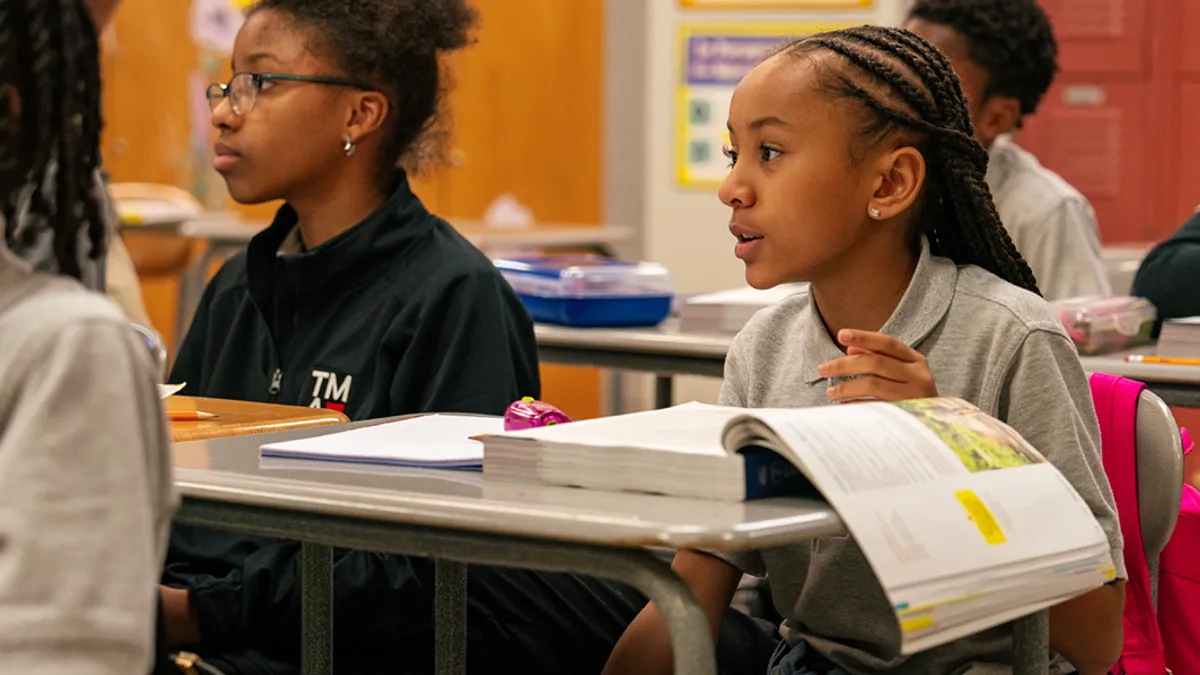Dive Brief:
- The New York State Department of Education plans to replace its graduation exam requirement with a new framework by the 2027-28 school year, according to Board of Regents officials who discussed the change at a meeting earlier this month.
- The exam will be replaced by a "portrait of a graduate,” a more holistic approach to assess graduation and workforce readiness. The shift will include broadening how class credit is defined, and requiring students to have one CTE credit, which could include financial literacy.
- The state ultimately plans to build on the change by requiring new transcripts that include both standards proficiency and the portrait of a graduate, as well as new assessments “aligned to prioritized learning standards,” by 2029-30.
Dive Insight:
The Board of Regents oversees the New York State Department of Education and sets education policies statewide, including for New York City Public Schools, the nation's largest school system.
It anticipates that the shift away from its current graduation exam will require professional learning for educators, staffing resources, a shift in curriculum and additional resources, according to an update shared in November.
The shift is expected to cost around $11.5 million by the time the changes are fully implemented, or approximately 2029.
In recent years, a portrait of a graduate framework has become a commonplace alternative or supplement to standardized assessments. The model is meant to "identify the durable skills and competencies students need for success in this rapidly changing, complex world," and demonstrate students' grasp of them, according to Battelle for Kids, a national nonprofit on the forefront of developing the method.
The framework’s requirements are typically developed through engaging stakeholders within a school district, including local businesses, industries and higher education providers, according to Andy Tucker, director of policy at the Collaborative for Academic, Social, and Emotional Learning. The organization advocates for SEL integration in the classroom.
A 50-state analysis published in 2024 by CASEL and Civic, a bipartisan organization working to raise graduation rates, found that 20 states had graduate portraits.
Tucker, who has studied states' adoption of the method, suggests that states:
- Gather input from multiple stakeholders, including from educators from a variety of rural and urban, small and large, and traditional and alternative schools.
- Engage the community, including representatives from postsecondary education providers and employers.
- Help schools and districts understand and implement what the portrait of a graduate is, as well as how and why it was developed.










